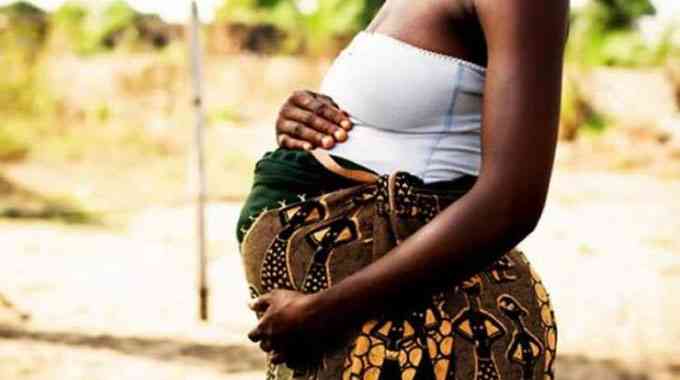
APPROXIMATELY 8% of children aged five to 19 years in Eastern and Southern Africa are underweight while 11% of their colleagues are overweight and suffering from obesity, a recent report has revealed.
According to the report titled Accelerating progress for schoolage children and adolescents through integrated school health and nutrition programming: A Unicef-WFP collaboration in Eastern and Southern Africa released by Unicef and the World Food Programme (WFP) yesterday, school-age children and adolescents in rural areas are mostly affected by a triple burden of malnutrition due to poor access to health.
The report documented three countries Zimbabwe, South Sudan and Malawi as case studies.
It also revealed that under-nutrition was common in the age group in low-income and rural areas, driven by monotonous plant-based diets comprising cereals, roots and tubers and low in animal source foods and poor access to health, WASH [water, sanitation and hygiene] and nutrition services.
It further revealed that economic development and the globalisation of food supply chains have led to a surge in diets characterised by unhealthy, ultra-processed foods, especially in urban areas.
The report further indicated that adolescent girls mostly suffer from micronutrient deficiencies such as iron and calcium due to poor-quality diets and girls’ higher dietary requirements.
Unicef and WFP have, however, provided technical and financial support to government since 2022 to develop national school nutrition guidelines.
“The purpose was to guide the national roll-out of a sustainable package of nutrition and health services in primary and secondary schools to enhance children’s nutrition, health, development and learning,” the UN agencies said.
- Flood controlling mechanisms for vulnerable rural communities
- Integrating value for money in Zim’s public finances
- Govt under fire over holiday lessons ban
- 9-year-old raped during extra lessons
Keep Reading
The initiative has played a vital role in promoting the well-being and health of children for enhanced physical activity.
“The package includes delivery of nutrition services such as nutrition screening, micronutrient supplementation and deworming and also school meals using the home-grown school feeding (HGSF) approach, nutrition education, and actions to support healthy school environments and enhanced physical activity,” the report said.
It further indicated that adolescents were engaged through consultative workshops to inform them about the development of the guidelines and accompanying social and behaviour change (SBC) messages.
The UN agencies said there was a need to include youth in the design of programmes that affected them, especially SBC interventions, based on the principle “nothing for us without us”.
They also called for policy reform to improve school food environments in the context of increasing overweight and obesity.
“WFP is supporting the government to develop mechanisms to support scale-up of the HGSF approach,” the report said.
“Unicef supported the piloting of health and nutrition aspects of the guideline in Makoni district in 2022, lessons from which are being used to shape the design of the national programme which is now being rolled out in 18 out of 63 districts.”
The agencies called on the government to continue integrating school health and nutrition approaches and engaging with stakeholders across multiple sectors to support converged programming.










